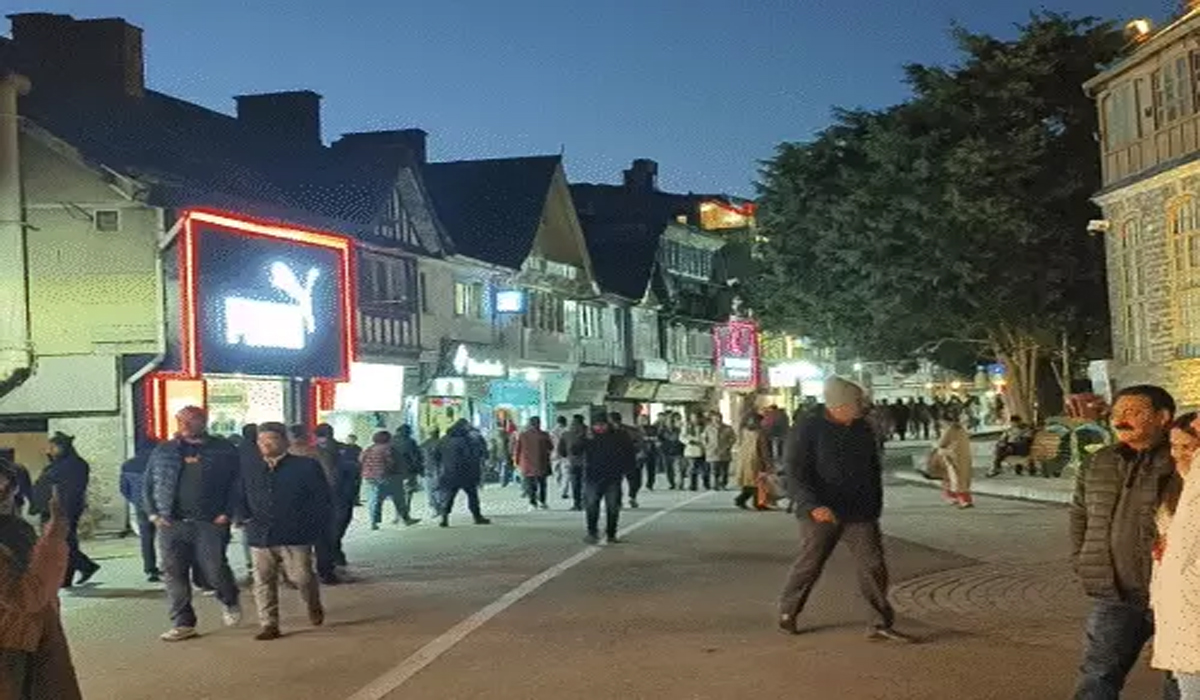
Shimla: There is a possibility of light rain and snowfall in the high altitude areas of Himachal for the next 5 days. Western Disturbance (WD) is becoming active in the state from today. Its effect will be seen in five districts.
According to the Meteorological Department, due to WD being active, there will be light rain and snowfall on the higher peaks of Lahaul Spiti, Kullu, Kinnaur, Kangra and Mandi districts. Western disturbance will be more active especially on 8th and 10th February.
Due to this, rain and snowfall may occur at some places of medium altitude. The weather will remain clear in other districts of the state. Temperature will also drop due to rain and snowfall in higher areas.
After the snowfall in the mountains three days ago, a drop in night temperature has been recorded. The mercury in most of the cities of the state has dropped below normal. The average minimum temperature of the state has also gone down by 1.7 degrees below normal.
Kukumseri’s temperature dropped to -12.2 degrees
The minimum temperature of Kukumseri in Lahaul Spiti has dropped to -12.2 degrees, Tabo to -11 degrees, Keylong to -11.4 degrees and Kalpa to -3.4 degrees. During the last 24 hours, the plains have been colder than Shimla.
Plains are colder than mountains
Last night, the minimum temperature in Shimla was recorded at 4.6 degrees Celsius, while the mercury in the state’s hottest city Una dropped to 1.6 degrees, Solan to 1.2 degrees, Palampur to 1.5 degrees, Bhuntar to 0.8 degrees and the minimum temperature in Bilaspur dropped to 3.1 degrees.
There was 72% less rainfall than normal in the winter season
Himachal Pradesh has received 72 percent less rainfall than normal during the winter season, i.e. from January 1 to February 7. The normal rainfall during this period is 104.7 mm. But this time, only 29.5 mm of rain has fallen.
